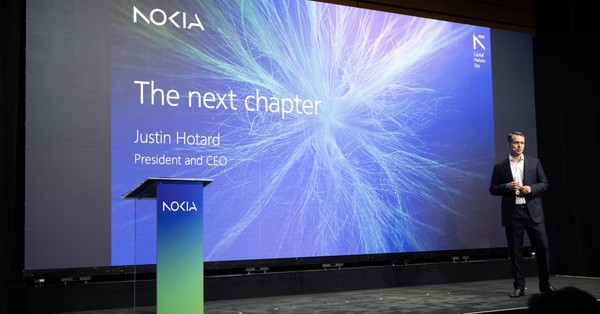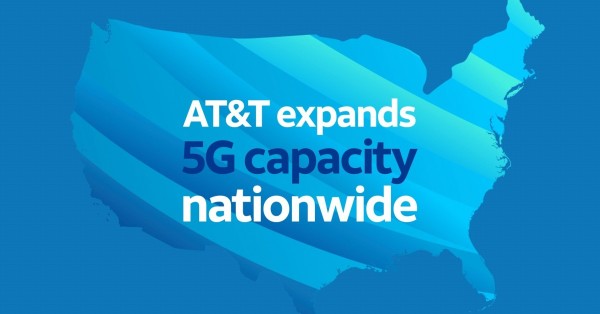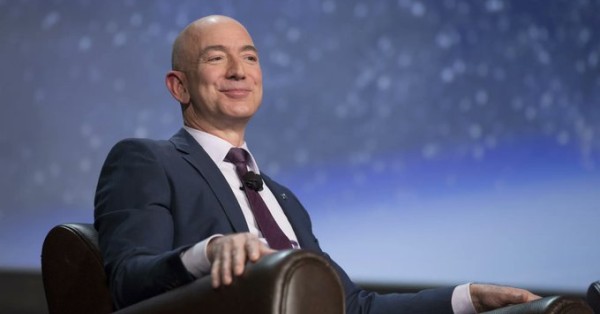- Tech News & Insight
- November 21, 2025
- Hema Kadia
Ericsson’s latest Mobility Report points to a clear shift: operators are turning 5G capabilities into differentiated, SLA-backed services rather than just selling more data at higher speeds. After years of building coverage and capacity, 5G networks are mature enough to commercialize features like guaranteed latency, uplink boosts, and application-aware prioritization. The catalysts are in place: more 5G Standalone (SA) cores, rising traffic from video creation and immersive apps, and enterprise demand for predictable performance across sites and clouds. The net result is momentum behind premium, differentiated connectivity that can be priced, assured, and exposed to partners.
- 5G, API, Assurance, Automation, FWA, IoT, Network Slicing, Orchestration, RAN, Security
- 3GPP, America, AWS, Azure, Broadband, CAMARA, Deutsche Telekom, Devices, Docomo, Ericsson, Europe, Fiber, Gaming, Google, GSMA, LTE, Mobility, Net Neutrality, Neutral Host, NTT, Policy, Signal, Singtel, Streaming, Telstra, Verizon, Vodafone






























